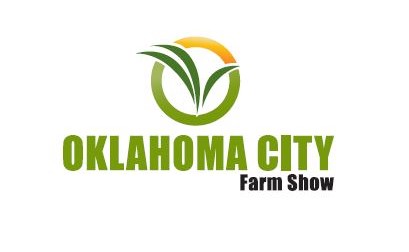
Oklahoma agricultural producers are navigating a critical period with several important deadlines approaching and changes stemming from recent “Big Beautiful Bill” legislation. Farm Director KC Sheperd recently spoke with Dr. Amy Hagerman of Oklahoma State University to break down what farmers need to know.
Immediate Deadlines and Beyond
The most immediate and crucial date for many producers is July 15, which marks significant deadlines for crop reporting and crop insurance. “Those are the near-term deadlines, those July 15 deadlines,” Dr. Hagerman emphasized.
Looking further ahead, the end of the fiscal year on September 30 brings another wave of important dates. Programs like CRP (Conservation Reserve Program), which may see renewed activity due to new legislation, will likely have deadlines rolling out from late July through August and into late September.
As fall approaches, producers should prepare for elections for ARC and PLC (Agricultural Risk Coverage and Price Loss Coverage) programs. Additionally, Dr. Hagerman highlighted the varied nature of disaster programs across Oklahoma, which will address everything from flooding and tornadoes to lightning strikes. She strongly advised producers to “definitely sign up for those text message announcements from your local Farm Service Agency office, because those are going to give you the latest deadlines in your county.”
The Importance of Documentation and Swift Action
With the wide array of programs and potential disaster scenarios, documentation is paramount. Dr. Hagerman, an agricultural economist, underscored the ongoing importance of record-keeping, especially before a disaster strikes. “Record keeping is always important, but it’s especially important to have your records in place before the disaster happens, because that’s gonna save you so much time and energy,” she advised.
Producers need to ensure their crop reports are filed with the Farm Service Agency (FSA) and that all ownership records for both crops and livestock are readily accessible. “Whether it’s cattle or crops, you’re going to have to show your acres under crops, under grass, your numbers of cattle that you have grazing at the time. So records. Big deal,” she stated.
Following any adverse event, swift action is crucial. Dr. Hagerman recommends two immediate steps:
- File a notice of loss with the relevant agency (FSA for programs like Livestock Indemnity Program or your crop insurance provider for damaged fields).
- Document losses thoroughly and “don’t make any big moves until you get the all clear… from your agency that you’re working with.”
Navigating FSA Offices in a Digital Age
FSA offices are undergoing changes, including a shift toward more digital processes and altered operational procedures. Dr. Hagerman noted that many offices are currently understaffed due to retirements and other separations.
“Definitely, again, it’s that record keeping. Make an appointment with that office. They’re not going to do walk-ins as much,” she cautioned. Given that some counties are sharing staff, offices may not be open daily, making appointments essential.
Producers should also be aware of a growing trend where some program payments will automatically roll out without requiring an application, similar to the recent ELRP program. “You’re going to have to watch your account, kind of get a feel for what kinds of program payments might be coming into your account that you would be eligible for,” Dr. Hagerman explained. The increased use of online interfaces like farmers.gov will also require a learning curve for both producers and county office staff. Her advice: “Have some patience, start early, make that appointment.”
The “Big Beautiful Bill” and the Farm Bill’s Future
Recent legislation, dubbed the “Big Beautiful Bill,” has brought some significant changes, though Dr. Hagerman emphasized that the long-term impacts will require careful analysis. “We’re going to have to analyze this to see how some of the cuts and the gains balance out over time,” she said.
Despite the complexities, there are clear “wins” for agriculture, particularly in farm programs, commodity programs with improved reference prices, and certain crop insurance programs. She also highlighted “some of that movement of some conservation dollars into a little bit more flexible practices that they can be used for.” However, these gains are offset by tax changes, making the overall benefit “pretty operation specific.”
The pressing question now, according to Dr. Hagerman, is the fate of the full Farm Bill. While some key titles—commodities, conservation, crop insurance, and nutrition—were incorporated into the “Big Beautiful Bill,” many other Farm Bill programs are still facing a September 30 expiration.
“Will we get those programs on the agenda, get them floor time, get them out of committees in that window of time, or will they just extend those programs that represent a much smaller portion of the overall spending and just punt them forward for another 12 months?” Dr. Hagerman pondered. “That’s the big question for me personally right now.”


















